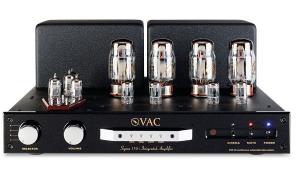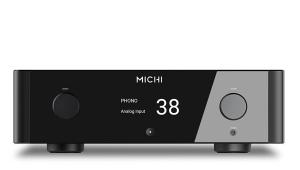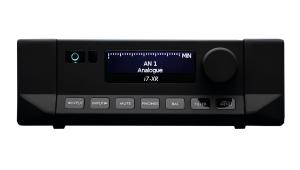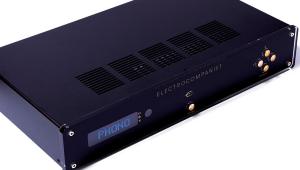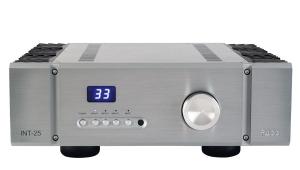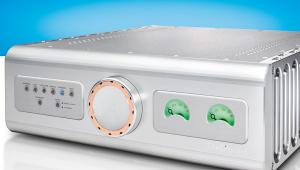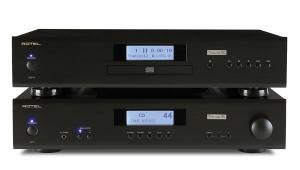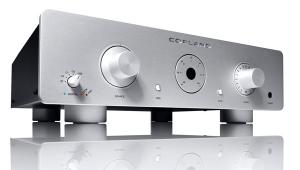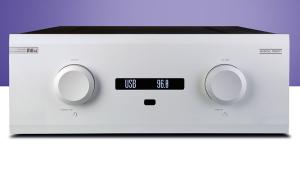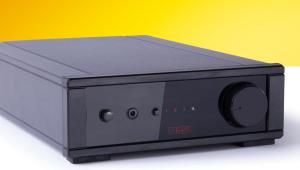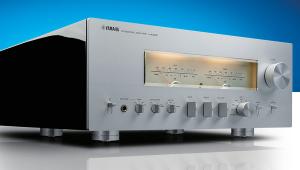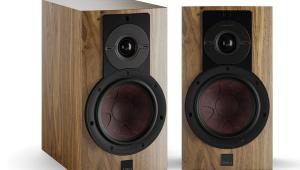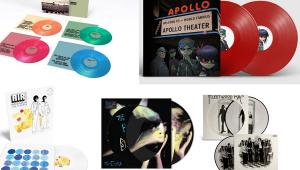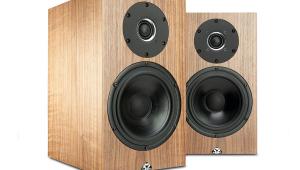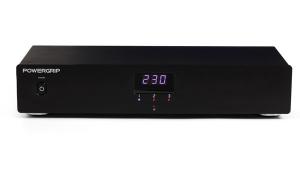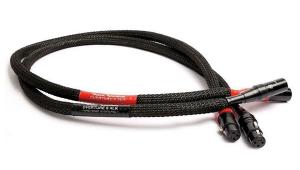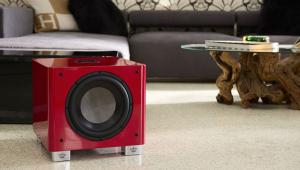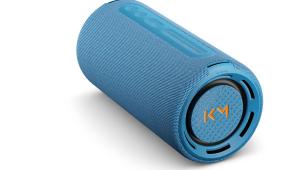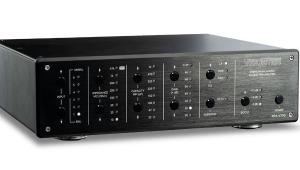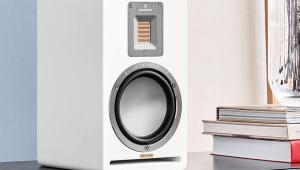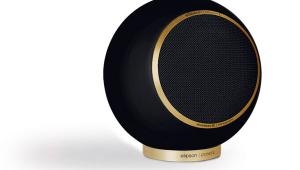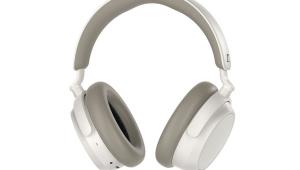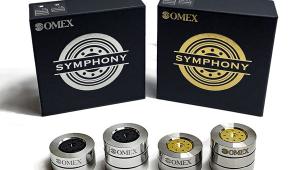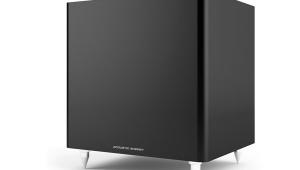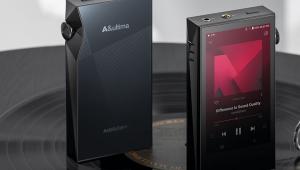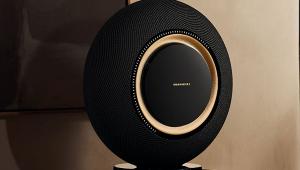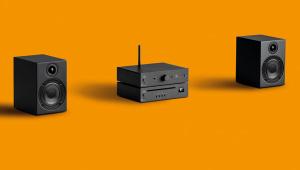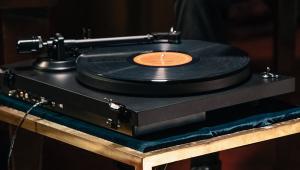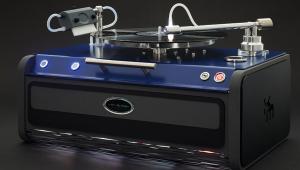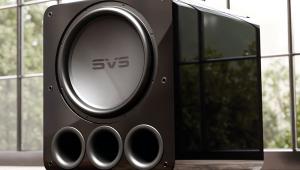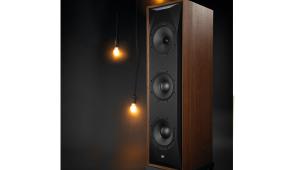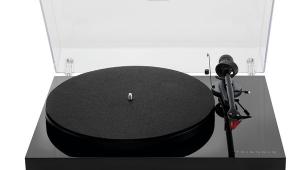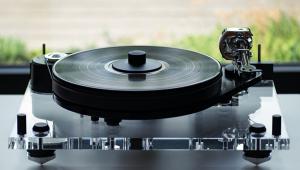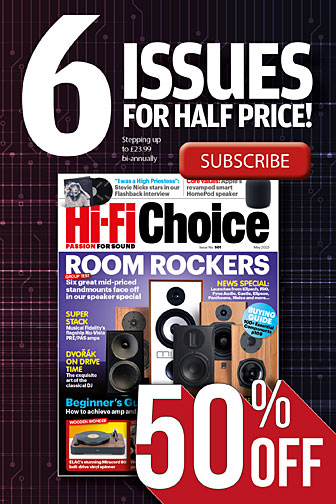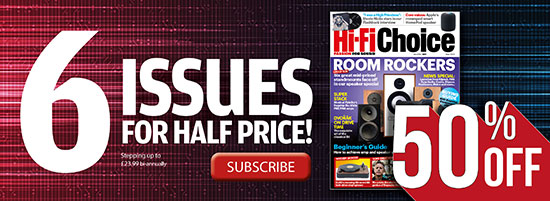Advance Paris X-i50 BT

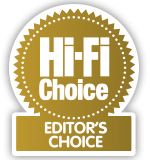 Affordable high-end is a familiar phrase from the hi-fi handbook. Trouble is, it sounds like an oxymoron with little chance of being realised in the truest sense. And why should it? While it would probably never occur to the amply minted customer to weigh the pros and cons of a value-based purchase, the cost-no-object lure of a mega-amp is, just as starkly, dream fodder for most.
Affordable high-end is a familiar phrase from the hi-fi handbook. Trouble is, it sounds like an oxymoron with little chance of being realised in the truest sense. And why should it? While it would probably never occur to the amply minted customer to weigh the pros and cons of a value-based purchase, the cost-no-object lure of a mega-amp is, just as starkly, dream fodder for most.
The biggest difference between the latest Diamonds and their preBut it really is time to stop dreaming. As I’ve suggested before, there’s much closer performance parity up for grabs if pure musicality is the chief criterion. Forgo the seismic slam and stadium-real SPLs of beautiful, copiously over-engineered hardware and high-end assets more concerned with tonality, imaging, timing and coherence are ripe for the picking at sane prices. These days, high-end is as much about realistic tailoring of grand expectations as it is the unthinking application of filthy moolah and that’s great.
There are plenty of splendid sub-£1k integrated amps that explore this idea, many made in Blighty. New to the UK, however, is one from France. Advance Paris (aka Advance Acoustic) has been in business quite a while, starting out modestly with loudspeakers and selling exclusively to its home market in 1995, expanding its range to embrace electronics in 2003 and branching out internationally a couple of years later, offering everything from streamers and CD players to amps of all types (including tubes), all-in-one streamer/amps and even home cinema.
The X-i50 BT is the company’s entry-level solid-state integrated amp and our affordable high-end exemplar for this review, hitting the mark at an enticing £500. As the name suggests, it’s a 50W-per-channel design that has Bluetooth and – increasingly appreciated these days – there’s an on-board MM phono preamp as well.
It doesn’t look like your typical £500 integrated, rocking a thick-black acrylic front plate, a centrally located lab-style rotate/push multi-function aluminium knob that wouldn’t disgrace the facia of a Primare or Copland amp in appearance at least, though precision of its lightly notched action isn’t quite a match. A much smaller, squatter version on the left of the facia serves as the on/off button. Both are garlanded in a thin strip of light when the power’s on, another uncommonly classy touch. In the middle is a small display that adds to the aesthetic chic, sporting a blue LED four-segment matrix that contrasts strikingly against the black finish of the fascia and chassis – a kind of ‘future chic’ Advance Paris signature combination used throughout its range of electronics. Smaller LED tell-tales flag up the input in use and the 6mm headphone jack on the right adds a balancing symmetry to the on/off button on the left. The steel casework looks crisp and feels reassuringly solid, too, even though the unit weighs a surprisingly modest 6kg. A notably lean circuit topology and compact toroidal transformer are presumably contributing factors here.
Don’t assume that means the amp’s been stripped back in other areas, though. The X-i50 BT is packing serious RCA real estate round the back. As well as the built-in MM phono stage (and not forgetting the screw-on terminal for the stubby aptX Bluetooth antenna), there are no fewer than seven line-level inputs: the familiar CD, Tuner and Aux variety joined by one curiously labelled ‘PC 2’ – especially as there’s no sign of a ‘PC 1’. Pre-out and Rec-out are also provided and there’s even a USB-A port that can be used to play MP3 files or charge a smartphone or tablet. A bonus for sure, but maybe it could have been sited more conveniently on the front panel.
Then there’s the small slider switch on the back plate that activates ‘High Bias’ mode. Being a Class A/B amp, like others of its kind, the X-i50 BT starts off in inefficient but optimal-sounding Class A for the first few Watts before inviting in Class B to do the heavy lifting when more power/volume is required. But flip to ‘High Bias’ and the Class A honeymoon is extended to 8W (enough for plenty of sonic oomph with reasonably sensitive speakers) before B division charges in. But effectively, so long as you don’t go nuts with the volume control, the X-i50 BT can be considered a pure Class A amp. Having confirmed that it does sound better, I leave it in this mode for the duration of the review.
Anything else? Well, the mains cable is captive so experimenting with exotic IEC plugged alternatives is off the agenda and the single speaker cable terminals, while of good quality, are on the small side. But the large, aesthetically matched remote control is rather splendid.
Sound quality
Some cost-conscious amps are happy to sound cheap and cheerful so long as they can carry an up-tempo tune with a dash of sonic Tabasco, toe-tapping verve and honest enthusiasm. A slow and smouldering, string-drenched ballad? Maybe a little trouble there. Others try to sound pricier than they are, deliberately voiced to be warm, smooth and easy on the ear, any bright, sharp edges buffed to a burnished sheen. Trouble is, superficially trowelled on ‘refinement’ can have a tendency to smother the potential for dynamic energy and detail, however strong the draw of swoony massed strings. Of course, the time-worn idea is to make things louder – to add nothing and take nothing away.
Initially, the X-i50 BT appears to cleave towards the silk-lined camp. It sounds smooth and refined for sure. Maybe a little cautious even. We’re not throwing bangers on the bonfire here. But listen longer and what at first seems like a presentation tilted towards politeness is just the absence of hype and exaggeration, and a more natural sense of life, texture and rhythmic cohesion soon emerges. It elicits a sigh of relief rather than a yearning for more ‘excitement’. In fact, the unforced detail and exquisite balance reminds me so much of one of my favourite circa-£3k integrated amps, Electrocompaniet’s ECI 80D (HFC 473), I line one up for a closer comparison. The similarities run to more than sound quality, the similarly Bluetooth and phono stage-equipped Norwegian amp perhaps being the most famous proponent of thick black acrylic facia and blue LED display aesthetic. But it also has a PCM1789 DAC chip from Texas Instruments whereas the X-i50 BT is DAC free, so my Chord Electronics Hugo TT2 (HFC 468) serves both.
The ECI 80D blends insight and power with ease and low-fatigue liveability sounding deliciously fluid and supple, tonally rich and harmonically replete – almost tube-like in some respects. Such things tend to connect on a deeper level and, remarkably, the Advance Paris pulls together the same assets with comparable elan, if not quite the heft and dynamic reach of the 30W more potent ECI 80D.
Contemporary gospel from the US can be challenging and, again, there are parallels to be drawn. Driving the super talented SVS Ultra Evolution Nano standmounts, both amps allow the speakers to paint an expansive soundstage that captures the charged venue ambience of The Clark Sisters’ Live – One Last Time set, the astonishingly pure, layered vocals handled with body and tonal subtlety.
Conclusion
Bottom line, it’s remarkable that the Electrocompaniet and Advance Paris have comparably sophisticated sonic skills. The Norwegian integrated is slightly more muscular and detailed, but you’d never guess it was many multiples the price of the Advance Paris, and the performance delta narrows further considering their well-matched Bluetooth and phono stage chops – another tacit win for the X-i50 BT. Given its style, build and generous feature set, it’s a stone-cold ‘affordable high-end’ hi-fi bargain. DV
DETAILS
Product: Advance Paris X-i50 BT
Type: Integrated amplifier
FEATURES
● Quoted power output: 2x 50W (8ohm
● Inputs: 7x RCA; MM phono stage; USB-A; aptX Bluetooth
● Quoted 6.35mm headphone output
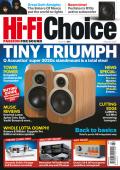 |
Inside this month's issue:
Q Acoustics 3020c standmount loudspeakers, Perlisten R10s active subwoofer, Quad 33 and 303 pre/power amps, Acoustic Solid Vintage Full Exclusive turntable, newcomer Fell Audio Fell Amp and Fell Disc and lots, lots more...
|

